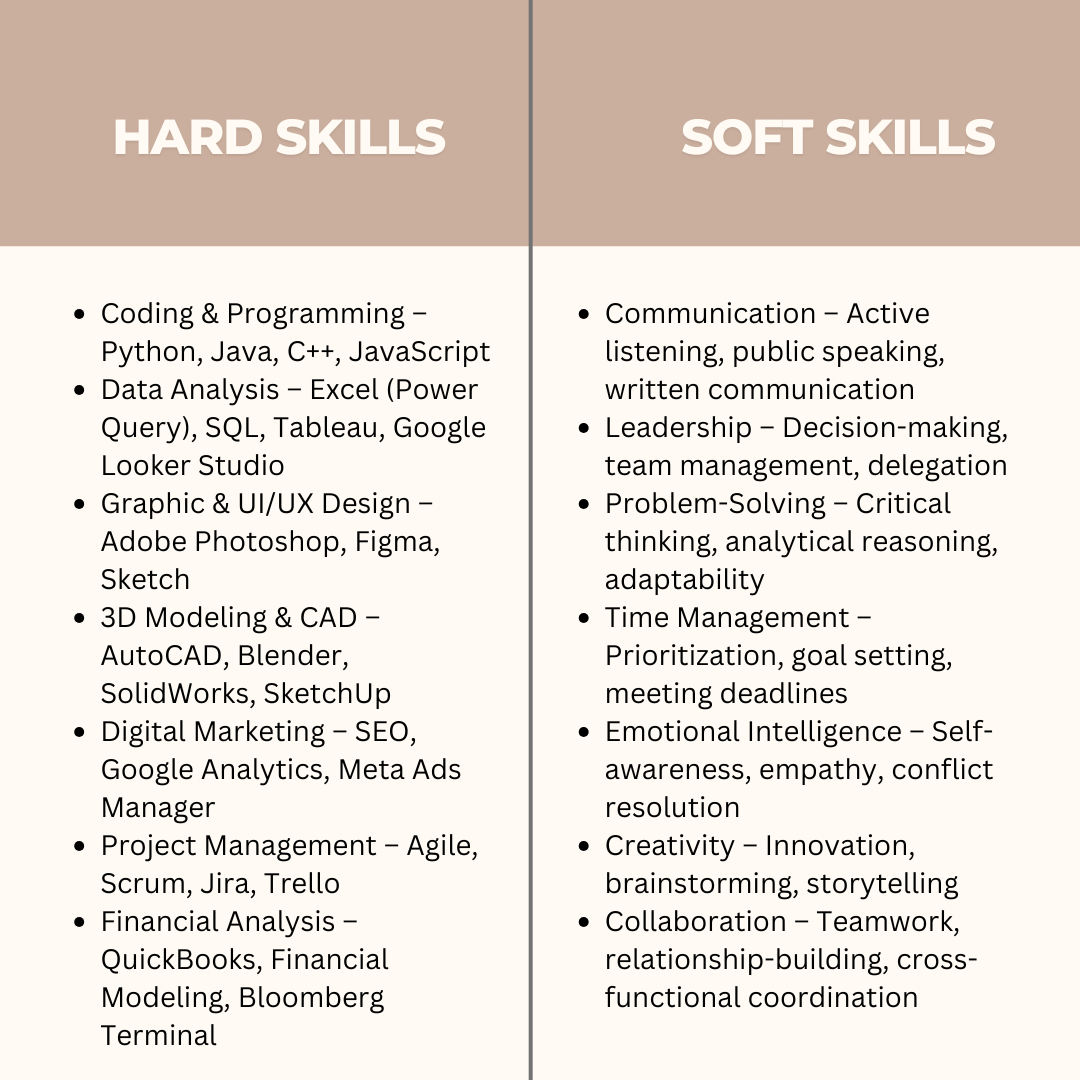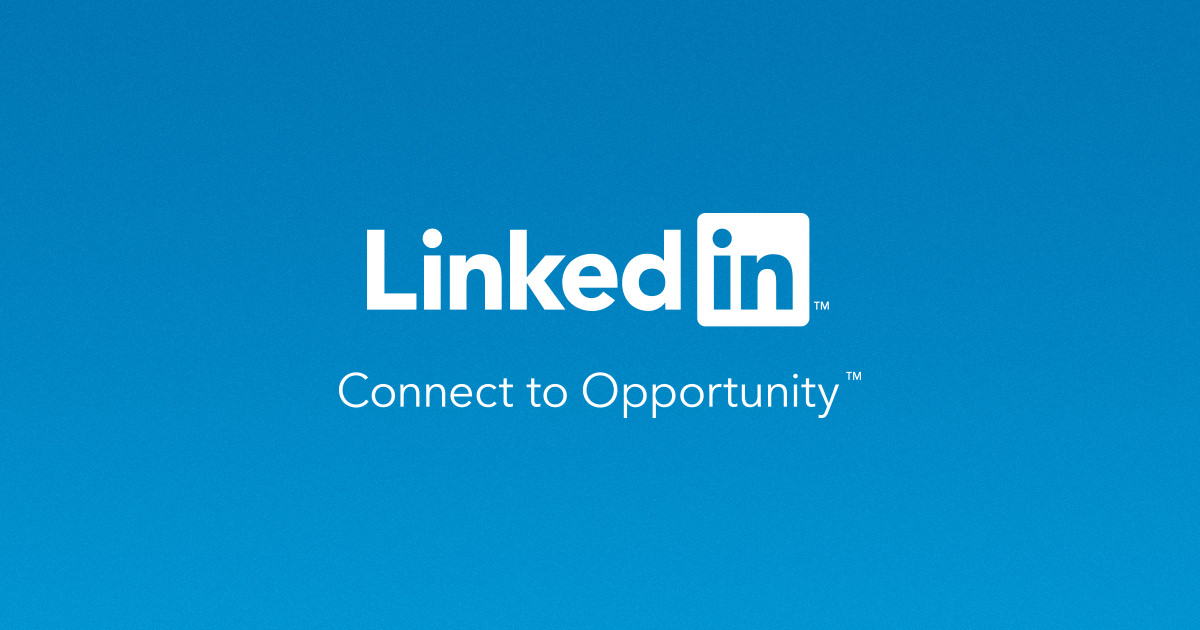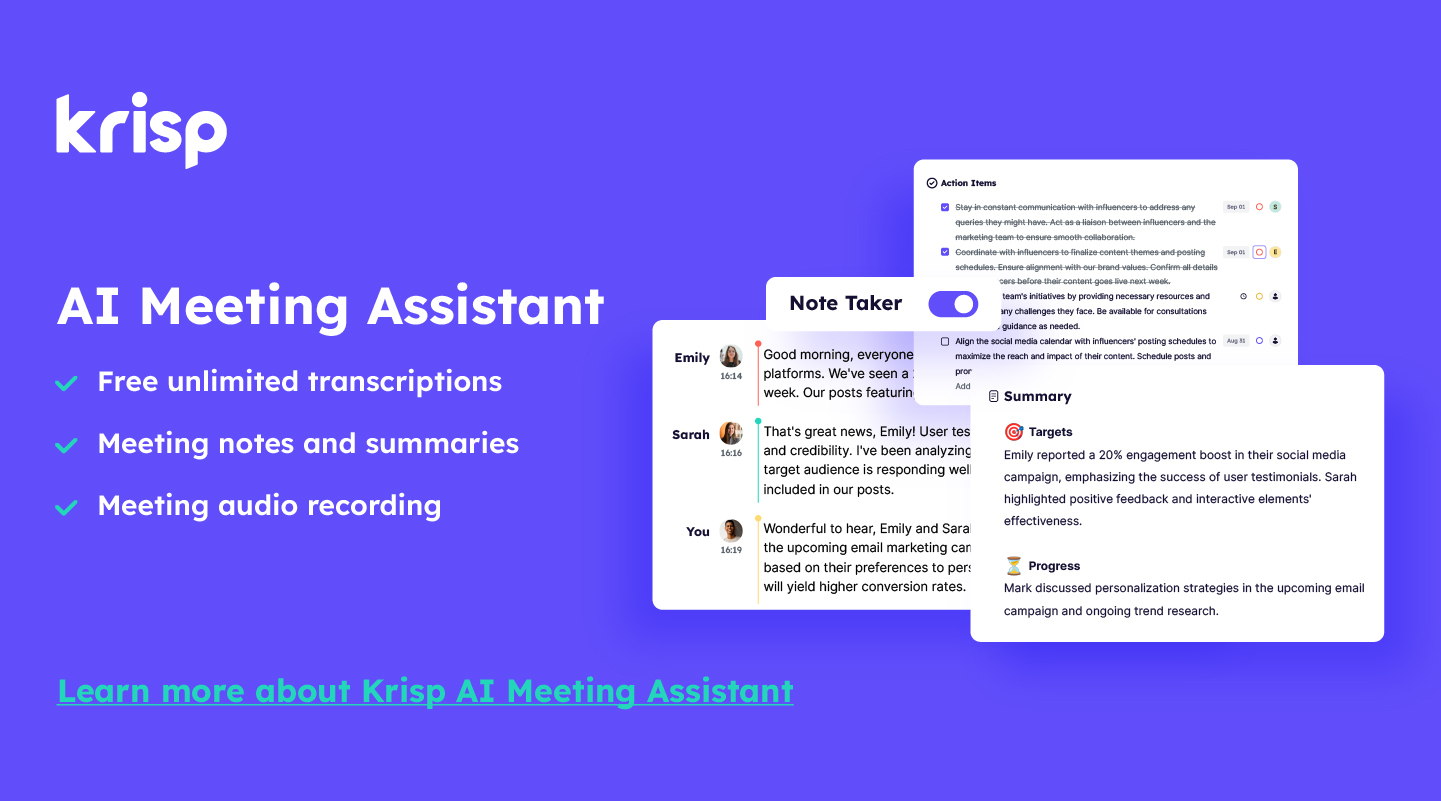In today’s fast-paced world, professional growth heavily depends on the skills we acquire and refine over time. For many, a skill issue can be a frustrating obstacle that stunts their career progress. However, a skill gap doesn’t have to be permanent. By identifying, addressing, and overcoming skill issues, you can propel your career forward and achieve your goals. Whether the issue is technical expertise, communication, or leadership, practical steps can be taken to master these skills and enhance your career trajectory.

According to a report by McKinsey, 87% of companies around the globe are either already facing skill gaps or anticipate them in the near future. Furthermore, 75% of employers struggle to find candidates with the necessary expertise. This growing gap could have significant financial consequences, potentially resulting in a loss of up to $8.5 trillion in annual revenues by 2030.
In this article, we’ll explore actionable strategies for overcoming a skill issue and turning it into an opportunity for career growth. From identifying gaps to leveraging tools like Krisp, we’ll break down everything you need to know to stay competitive in the evolving job market.
What Does Skill Issue mean?
A skill issue typically refers to the gap between the skills you currently have and the skills required to excel in your career. It could be technical proficiency, soft skills like communication, or even leadership abilities. Understanding the nature of the gap is the first step in addressing it.
When you experience a skill issue, it can prevent you from achieving your full potential. This gap can manifest in various ways, such as being overlooked for promotions, feeling inadequate in meetings, or struggling with new responsibilities. Failing to recognize and address this issue can hinder your career advancement. On the other hand, acknowledging and taking proactive steps to fill the gap can position you as a strong contender for future opportunities.
What Causes Skill Issues in the Workplace?
There are several reasons why skill issues arise in the workplace. Identifying these causes is the first step toward creating strategies for overcoming them. Let’s take a look at some of the most common contributors to skill gaps:
1. Technological Advancements
As technology continues to evolve, new tools, software, and platforms emerge. Employees who are not equipped with up-to-date knowledge or skills in these areas can find themselves at a disadvantage. Without continuous learning and upskilling, workers may struggle to keep pace with technological advances, leading to skill issues. For example, a marketing team member who lacks knowledge of new analytics software may miss out on insights that could drive campaigns forward.
2. Changing Industry Standards
Every industry undergoes transformation over time, with shifts in best practices, regulations, and standards. Employees who don’t actively seek opportunities to stay current with these changes can experience skill gaps. For instance, the rise of artificial intelligence (AI) in various sectors has created a demand for workers who can leverage AI tools, but many employees may not have the necessary experience.
3. Lack of Training or Development Opportunities
In many organizations, employees are expected to learn on the job without sufficient training or development programs. This lack of structured learning opportunities can cause skill gaps to persist, as workers do not receive the resources or guidance needed to expand their expertise. Whether it’s leadership training or learning new software, the absence of professional development programs can leave employees without the skills they need to excel.
4. Generational Differences
Different generations in the workforce may have varying levels of familiarity with certain tools or technologies. Younger generations may be more adept at using modern technologies, while older generations may have more experience in traditional processes. These generational differences can create skill gaps if there is no mutual understanding or transfer of knowledge between age groups.
Types of Skill Issues in the Workplace
Skill gaps can manifest in several ways, each affecting an organization’s efficiency and overall performance:
Hard Skill Gaps
These are specific, teachable abilities or knowledge areas, such as proficiency in software applications, technical expertise, or machinery operation. As industries become more technology-driven, hard skill gaps—such as in data analysis or coding—are becoming more prevalent.
Soft Skill Gaps
Soft skills refer to non-technical attributes such as communication, leadership, problem-solving, and emotional intelligence. While technical skills are crucial, soft skills play a vital role in fostering collaboration and enhancing organizational culture. The lack of these interpersonal skills can lead to challenges in teamwork and leadership.

Leadership Skill Gaps
With leadership roles, skill gaps are often seen in areas like decision-making, conflict resolution, and strategic thinking. These gaps can hinder an organization’s ability to innovate or grow, especially when leadership development isn’t prioritized.
Assessing Your Current Skills: A Key Step in Career Growth
Before you can improve, you need to know exactly where you stand. An honest assessment of your current skills allows you to pinpoint what needs attention and development
How to Conduct an Honest Self-Assessment
Start by reflecting on your past performance, feedback from managers or colleagues, and the results you’ve achieved in your role. You might also consider using skill assessment tools or career tests available online. These resources can help you evaluate both hard and soft skills objectively. You can also reach out to a mentor or trusted colleague for feedback.
Consider areas where you feel less confident—this can often highlight where a skill issue lies. For example, if you’re leading a team but struggling with communication, it could indicate a need to refine your interpersonal skills.
Identifying the Right Skills to Boost Your Career Trajectory
Now that you’ve assessed your skills, the next step is identifying which ones to improve. While any skill issue is worth addressing, focusing on the skills that align with your career goals is key.
How to Identify the Skills That Matter
To choose the right skills to enhance, begin by looking at job descriptions for roles you aspire to or are already targeting. What skills are employers emphasizing? For instance, if you’re aiming for a position in digital marketing, you might need to focus on analytics or content strategy. In the tech industry, you might need to stay up-to-date with programming languages or cloud computing.
Don’t forget to consider evolving trends. For example, communication tools like Krisp, a noise-cancelling app for virtual meetings, have become essential for remote work environments. Mastering such tools can help improve the quality of virtual communication, making you more effective and marketable in the workplace.
Practical Steps to Master New Skills Efficiently
Addressing a skill issue is all about strategy and persistence. To learn new skills, you need to break down the process into manageable steps and set clear, achievable milestones.
Take Online Courses
One of the most efficient ways to improve your skills is by enrolling in online courses. Platforms like Coursera, Udemy, and LinkedIn Learning offer a wide range of high-quality courses that can help you quickly build expertise in specific areas.
For instance, if your skill issue lies in mastering a specific software, an online course that includes real-life projects can give you hands-on experience while deepening your understanding.
Engage in Peer Learning
Learning with and from others can be an extremely valuable experience. Join industry-related groups on LinkedIn or forums like Reddit, where you can engage with peers, ask questions, and share knowledge. Peer learning accelerates skill development by giving you a new perspective and encouraging problem-solving in collaboration.
Set Realistic Milestones
Learning new skills can feel overwhelming, especially if the gap is large. To avoid burnout and stay focused, break your goals down into smaller, more achievable chunks. Set realistic milestones that allow you to track your progress and stay motivated. For example, aim to complete one module of a course every week or practice a new communication skill during team meetings.
Building a Personal Development Plan: A Roadmap for Success
A Personal Development Plan (PDP) is essential for turning your career goals into a reality. This roadmap helps you focus on the areas that need improvement and provides a structured approach to overcoming a skill issue.
Here’s a simple guide to creating your PDP:
- Set Clear, Achievable Goals: Define specific skills you want to improve or acquire. Break these into actionable steps and set timelines for achieving them.
- Identify Resources: Look for courses, books, and tools that can help you achieve your goals. Use apps like Krisp to enhance communication and join relevant industry groups for peer learning.
- Track Your Progress: Regularly assess how close you are to meeting your goals. If you’re falling behind, adjust your strategy and set new targets.
A PDP ensures you stay focused and proactive in addressing your skill issue, leading to consistent improvement.
Once you’ve developed new skills, it’s time to show them off. Demonstrating your growth is essential not only for boosting your own confidence but also for proving to employers and clients that you are a proactive, adaptable professional. Showcasing the skills you’ve worked so hard to acquire can unlock new career opportunities and establish you as a valuable asset in your field.
How to Showcase Your Growth
1. Update Your Resume: Highlight Your New Expertise
Your resume is the first thing a hiring manager or recruiter will look at, so make sure it accurately reflects the skills you’ve developed. Updating your resume to include newly acquired skills is one of the most direct ways to showcase your growth. Here’s how you can make the most of your resume:
- Include Certifications and Courses: Whenever you complete an online course or obtain a certification in a relevant skill, make sure to add it to your resume. Whether it’s a technical certification like cloud computing or a soft skill like leadership, certifications provide tangible evidence of your ability.
- List Practical Skills: Include not just theoretical knowledge but also the practical skills you’ve mastered. If you’ve learned a new programming language, software, or project management tool, mention it. The more specific you are about your skill set, the more appealing you will look to potential employers.
- Emphasize Transferable Skills: Even if your new skills aren’t directly related to your current role, highlight how they can be applied to your job. For example, if you’ve taken a communication course that helps you articulate ideas clearly in meetings, point out how this skill can enhance team collaboration and productivity.
Updating your resume isn’t just about adding new skills; it’s also about positioning yourself for roles that require those skills. By tailoring your resume to reflect your evolving expertise, you demonstrate that you’re always working toward self-improvement and staying relevant in a competitive job market.
2. Share Achievements on LinkedIn: Engage Your Network
In today’s professional world, LinkedIn is an invaluable platform for networking, showcasing your skills, and connecting with potential employers or collaborators. Once you’ve developed new skills, it’s important to share your achievements on LinkedIn to maximize exposure and attract the attention of recruiters and industry professionals. Here’s how you can do it effectively:

- Create Posts About Your Progress: Post about the specific skills you’ve developed or any relevant projects you’ve completed. For example, if you’ve learned a new programming language or mastered a new software tool, write a post about how you applied that knowledge in a recent project or how it’s benefited your current role. Share insights, lessons learned, and challenges overcome to show your expertise and thought leadership.
- Update Your LinkedIn Profile: Just as you would update your resume, ensure your LinkedIn profile accurately reflects your new skills. The “Skills” section allows you to add specific competencies, while the “Experience” section should highlight how you’ve applied these skills in your job. Don’t forget to request endorsements from colleagues or mentors who can vouch for your abilities.
- Engage with Relevant Content: Position yourself as an expert by engaging with content in your field. Comment on industry articles, share thought-provoking posts, and join relevant LinkedIn groups. This proactive engagement showcases your knowledge and your commitment to staying current with industry trends.
By consistently posting and engaging with content that reflects your new skills, you create a personal brand that resonates with your network. LinkedIn is not just about your profile—it’s also a dynamic tool for establishing your professional identity and attracting opportunities.
3. Apply for Positions That Utilize Your Updated Skill Set
Once you’ve built up a robust set of new skills, it’s time to seek out roles that align with your updated qualifications. Whether you’re aiming for a promotion or exploring a lateral move to a different department or industry, applying for positions that utilize your enhanced skill set is key to demonstrating your growth.
- Target Roles That Match Your New Skills: Look for positions that require the skills you’ve recently developed. For example, if you’ve become proficient in a new software or project management methodology, seek out roles that emphasize those skills. By targeting positions that directly align with your expertise, you’re not only positioning yourself for success but also ensuring you’re making the most of your newly acquired capabilities.
- Leverage Your Network: Sometimes, new roles don’t come directly from job applications. Reach out to your professional network and let them know about your updated skill set. A well-placed recommendation or insider knowledge about job openings can open doors to opportunities that might not be advertised publicly. Networking within your industry or company can provide invaluable leads and a competitive edge.
- Consider Freelance or Contract Opportunities: If you’re open to more flexibility or gaining experience in different industries, consider freelance or contract roles. These can be excellent ways to apply your new skills in a variety of contexts while building a portfolio of work. For example, if you’ve enhanced your digital marketing skills, taking on freelance projects can give you real-world experience that demonstrates your value to potential employers.
Even if you’re not actively job hunting, expressing your interest in new opportunities within your current organization can help you move into more challenging roles that align with your new skill set. Seeking new roles or internal opportunities is a powerful way to ensure that you’re continuously applying and refining your skills in a practical setting.
Using Technology to Overcome Skill Gaps
Overcoming a skill issue isn’t always about learning something from scratch—it can also mean finding the right tools to compensate for weaknesses and enhance performance.

Krisp, for example, helps professionals who struggle with optimizing their audio setup or working in noisy environments by using AI-driven noise cancellation to ensure clear communication without requiring technical expertise.
Similarly, Grammarly assists those who lack strong writing skills by providing real-time grammar and style suggestions, making professional communication easier.
Notion and Trello help individuals struggling with organization and task management by offering intuitive project planning and collaboration features. For those who find public speaking challenging, Orai provides AI-powered speech coaching to improve confidence and delivery.
By leveraging such tools, professionals can bridge skill gaps, enhance productivity, and accelerate career growth without being held back by technical limitations.
Conclusion
Addressing skill gaps isn’t just about fixing weaknesses—it’s about unlocking new opportunities for career growth and long-term success. By identifying areas for improvement, setting clear professional goals for work, and actively developing new competencies, you position yourself for greater career advancement. Continuous learning through courses, mentorship, and hands-on experience ensures you stay competitive in an ever-evolving job market.
Rather than seeing a skill issue as a setback, view it as a stepping stone to new achievements. Take proactive steps, track your progress, and remain adaptable. Every challenge presents a chance to grow, and with the right mindset and strategies, you can transform your skill gaps into strengths that propel you toward your career objectives and workplace success goals.


